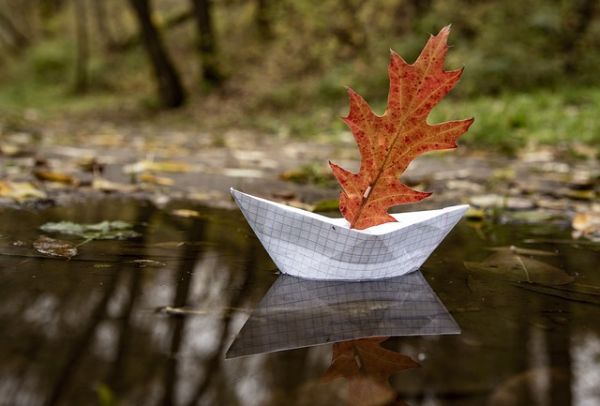Sustainable Viability
Staying “warm” in terms pertaining to this website means staying viable. Thanks to all those who have already contributed, we are halfway to our annual goal. These are not normal times and everyone’s asking for money - or more money- from donations to what’s for dinner. So, if you can help with a small amount, please do. If not, please keep reading. Thanks! ~ Ed.
Sustainably Staying Warm
You’ve got the basics covered: layering up, taking regular activity breaks from computer work or other stationary pursuits, drinking hot beverages, getting a cat for your lap. In the southern hemisphere it’s the time of year for installing wall, ceiling and floor insulation or adding on a passive solar room or porch. Here in the north it’s a good time to plan those big projects, and here are a few quick steps you can take to make a difference right now.
Begin with yourself.
Include flannel, quilted, fleece, “sherpa-lined”, wool and down-filled garments in your layers. Be sure your feet stay warm: for really cold weather, adding wool socks over cotton ones is a good way to keep your toes toasty. A warm cap and gloves without fingertips are great indoors as well as out, like sitting stationary at the computer when temps are frigid. Fleece bed sheets are even warmer than flannel, and when combined with a down comforter (or the down sleeping bag that's in storage) can't be beat. Give your feet a treat by placing an old-fashioned hot water bottle under the covers at the foot of the bed half an hour before bedtime. Microwavable "warmies" - fabric pouches in various shapes, filled with rice and often lavender - are simple to make and great for aches, pulled muscles or just keeping warm.
A quality thermos (or two or three) insures hot water for beverages, cooking and washing whenever you need it without using extra energy to boil more water. There are some excellent large-capacity thermoses that maintain high temperatures for 24 hours. If you have a wood stove, let it boil the water that goes into the thermos. Then, thermal mugs are great for keeping beverages and soups hot.
Heat the space you’re in.
Don’t try to heat your entire house or apartment. Close off any unused areas and if you have central heating vents (“registers”), be sure that vent is covered or closed in any unused area. If there is no door to close to unused space, hang a drape. Curtains and drapes, whether purchased or improvised, make a noticeable difference over windows and doors and between rooms.
Keep heat from escaping.
Don’t send heat out the window. Many houses and apartments are built with heat vents on the floor in front of windows. Heat rises and it also transfers to the nearest cold object – the window. Inexpensive plastic “deflective” vent covers help a lot to direct warm air flow out toward the room not up to the window. And, make sure there’s a drape over the window or seal it with plastic window insulation film.
Tile floors are pretty, but very cold in winter and they radiate that cold back into the room. Cover them (as much as you can) in winter with rugs or those cushy “comfy pads”.
Baking? When finished, turn off the oven and leave the oven door open, adding the residual oven heat to your room, rather than venting it outdoors.
Try donating.
By no means an exhaustive list, the one above may hopefully inspire you and get you started. And, add your heat-saving successes in the Comments section below. You may also get a “warm feeling” by donating to a worthy organization. 😉



















